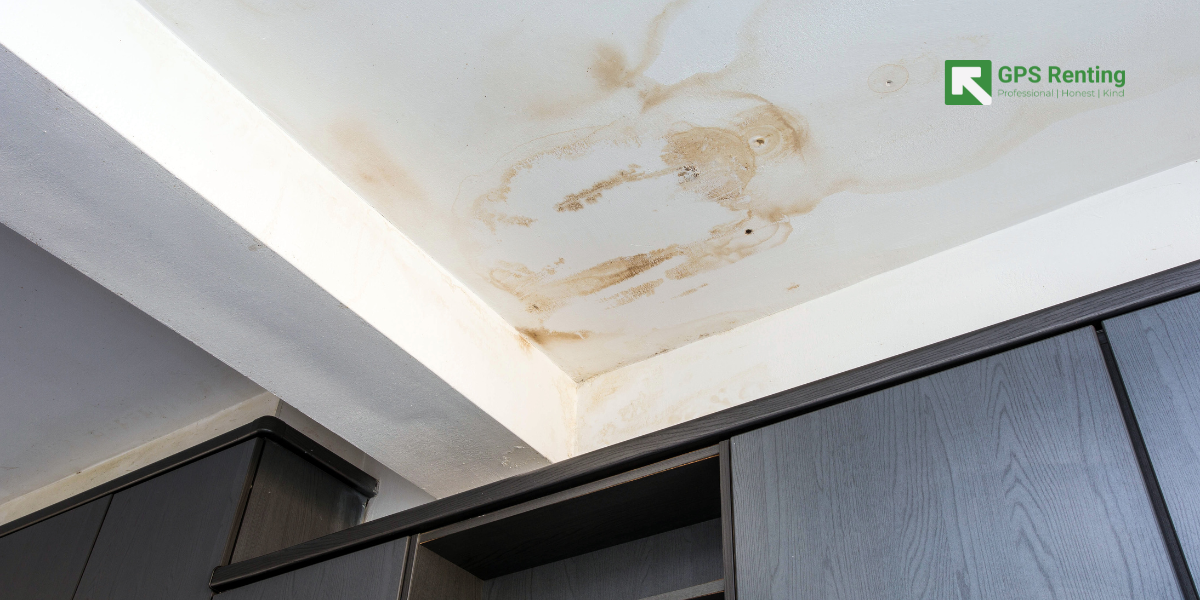
Understanding Ceiling Water Stains
Ceiling water stains often appear as discolored patches, indicating moisture intrusion. Common causes include:
Leaking roofs, especially during Seattle’s rainy seasons.
Plumbing issues, such as leaking pipes or fixtures.
Condensation from poor ventilation in areas like bathrooms.
Identifying the source is crucial before proceeding with repairs.
Key Takeaway:
Seattle’s frequent rain and humidity make ceiling water stains a common issue.
Stains often result from roof leaks, plumbing problems, or condensation.
Early detection and action prevent costly structural damage.
DIY fixes include sealing leaks, treating stains, and repainting.
Professional help is advised for major leaks or recurring stains.
Regular inspections during rainy months reduce long-term risks.
DIY Methods to Fix Ceiling Water Stains
1. Identify and Repair the Source
Before addressing the stain, ensure the underlying issue is fixed:
Inspect the roof for missing shingles or damaged flashing.
Check for plumbing leaks in bathrooms or kitchens above the stain.
Improve ventilation in areas prone to condensation.
2. Clean the Stained Area
Use a bleach solution to lighten the stain:
Mix 1 part bleach with 3 parts water.
Apply the solution using a spray bottle.
Allow it to dry completely.
Repeat if necessary until the stain fades.
3. Apply a Stain-Blocking Primer
Once the area is dry:
Use a stain-blocking primer to prevent the stain from bleeding through.
Apply with a brush or roller, covering the entire stained area.
Let it dry as per the manufacturer’s instructions.
4. Repaint the Ceiling
After priming:
Paint the area with ceiling paint matching the existing color.
For best results, consider repainting the entire ceiling to ensure uniformity.
When to Seek Professional Help
Consider hiring a professional if:
The stain is extensive or recurring.
There’s mold growth, indicating prolonged moisture exposure.
You’re unable to identify or fix the source of the leak.
Professionals can assess the damage, identify hidden issues, and ensure thorough repairs.
Preventing Future Ceiling Water Stains
To minimize the risk of future stains:
Regular Inspections: Check your roof and plumbing systems periodically.
Maintain Ventilation: Ensure bathrooms and kitchens are well-ventilated to reduce condensation.
Prompt Repairs: Address leaks and water damage immediately to prevent stains and mold growth.
FAQs
Q: Can I paint over a water stain without cleaning it?
A: It’s not recommended. Without cleaning and priming, the stain may bleed through the new paint.
Q: How can I match the ceiling paint color?
A: Take a sample to a local paint store for color matching. Alternatively, repaint the entire ceiling for uniformity.
Q: Are water stains a sign of mold?
A: Not always, but prolonged moisture can lead to mold growth. If you notice a musty smell or visible mold, consult a professional.
